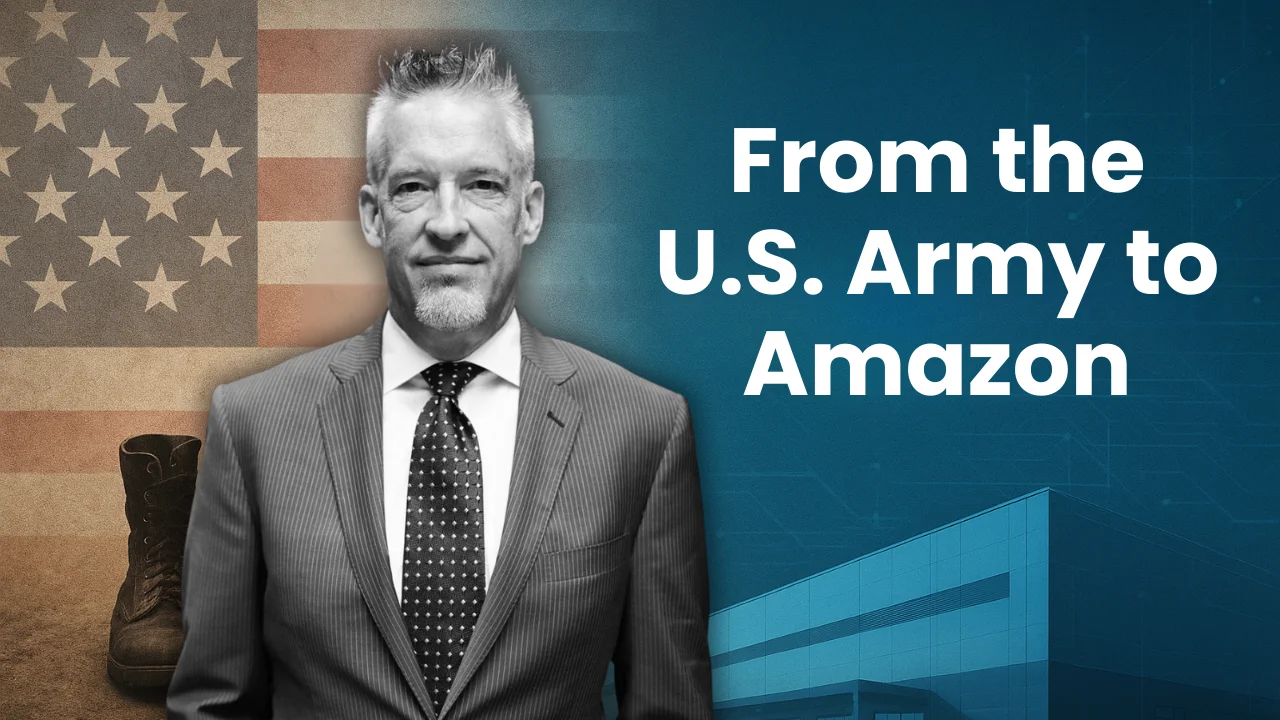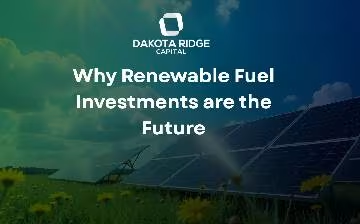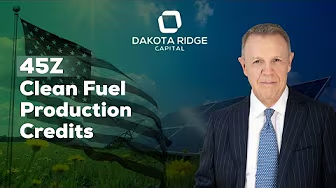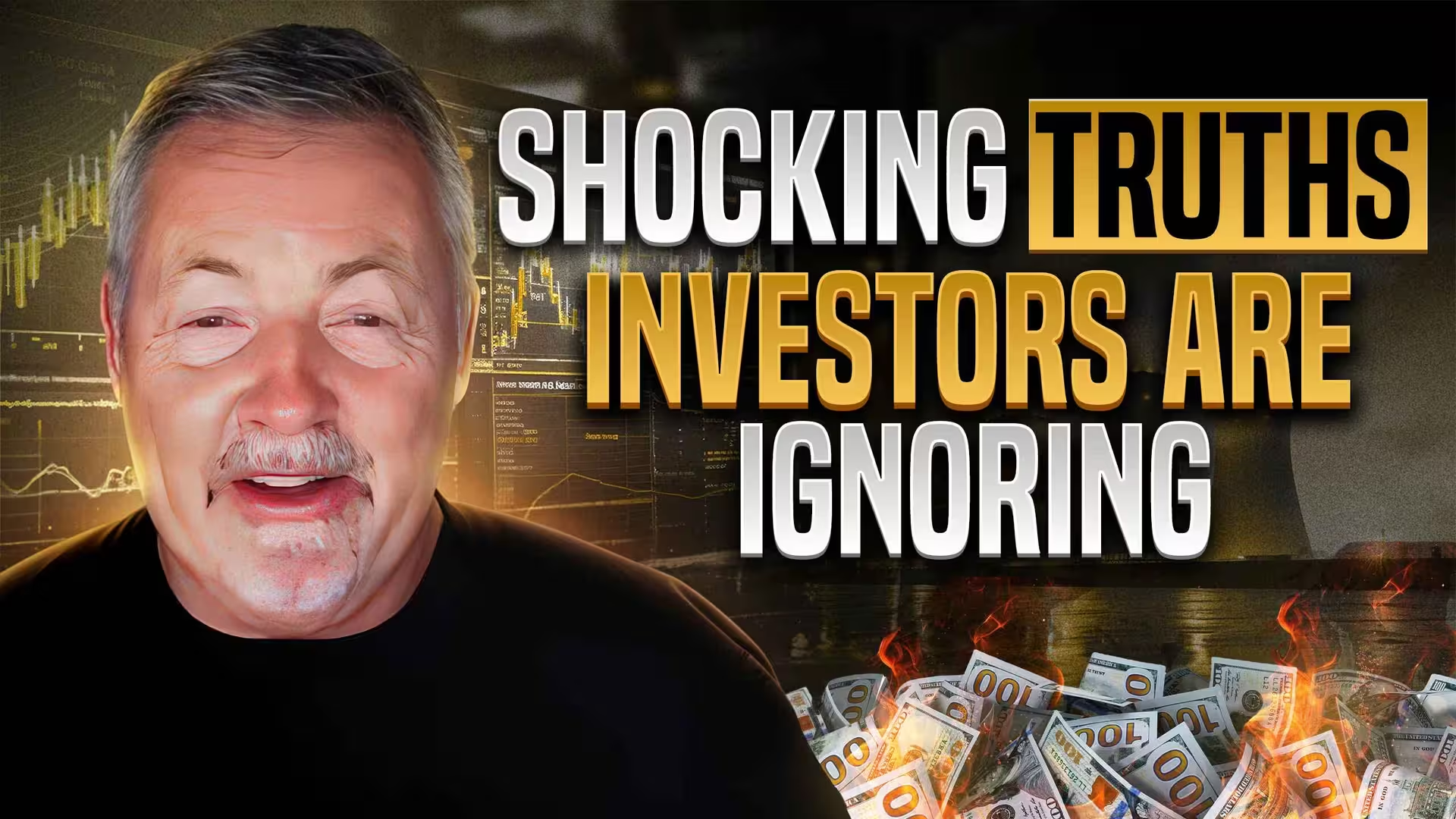Why Clean Energy Investment is the Smartest Move in 2025: Maximize Returns with Government-Backed Incentives
Introduction
Clean energy is no longer just a buzzword—it’s the future of investment. The U.S. government is actively supporting smart clean energy investments US through tax incentives, grants, and subsidies, making it a golden opportunity for investors. With growing global demand for renewables and strong financial backing from policymakers, government-backed renewable energy schemes ensure stability and profitability. Investors looking for high-return clean energy projects US must act now to secure their share in this booming industry. Dakota Ridge Capital specializes in helping investors navigate the 2025 clean energy investment guide, ensuring they maximize returns while contributing to a sustainable future.
The Power of Government Incentives in Clean Energy Investments
The U.S. government has introduced various financial incentives that make maximizing clean energy returns 2025 easier than ever. These programs help reduce the upfront costs of renewable projects while guaranteeing long-term financial stability. Here’s how:
Key Incentives for Clean Energy Investments
Top Clean Energy Investments for 2025
1. Solar Power Expansion
Solar energy remains one of the best renewable investments US due to its declining costs and increasing efficiency. Government incentives, coupled with strong market demand, make it a lucrative option for long-term investors.
2. Wind Energy Projects
With advanced turbine technology and federal incentives like the PTC, wind energy offers stable and secure returns with clean energy investments. Large-scale wind farms are receiving major government support, making them highly attractive.
3. Hydrogen Energy Development
The hydrogen economy is growing rapidly, fueled by clean energy funding from US government. Investment in hydrogen fuel cells and infrastructure presents high-growth potential for forward-thinking investors.
4. Battery Storage Solutions
Energy storage is the key to maximizing renewable energy efficiency. With new federal grants supporting battery technology, this sector provides one of the high-return clean energy projects US.
5. Electric Vehicle (EV) Infrastructure
The shift toward EVs is accelerating, and investments in charging infrastructure are being heavily incentivized. The government’s commitment to reducing emissions makes this an attractive investment opportunity.
Why Work with Dakota Ridge Capital?
Navigating the clean energy investment landscape requires expertise, and that’s where Dakota Ridge Capital excels. We specialize in helping investors tap into government-backed renewable energy schemes, ensuring they maximize tax incentives and optimize their returns. Our team provides:
- Strategic investment planning tailored to smart clean energy investments US
- Access to exclusive funding and clean energy funding from US government
- Risk assessment and mitigation strategies for long-term security
- End-to-end management of high-yield renewable projects
The clean energy market in 2025 presents a once-in-a-lifetime investment opportunity, backed by government support and strong market demand. With Dakota Ridge Capital guiding the way, investors can take full advantage of secure returns with clean energy investments while benefiting from tax credits and incentives. Don’t miss out—now is the time to invest in a sustainable and profitable future.
Let Dakota Ridge Capital help you make the smartest clean energy investment today.
.svg)
.svg)
.svg)


.avif)












.avif)
.avif)
.avif)

.avif)
.avif)
.avif)
.avif)








